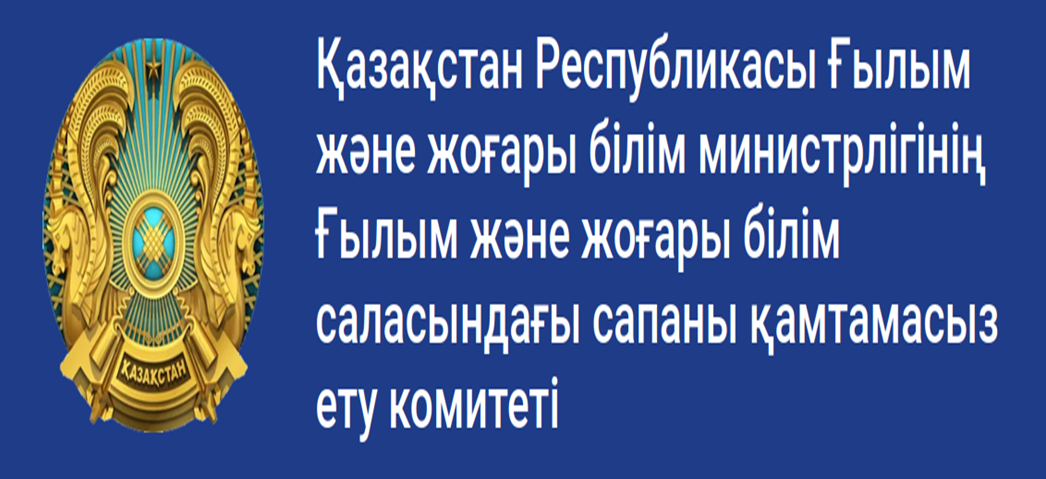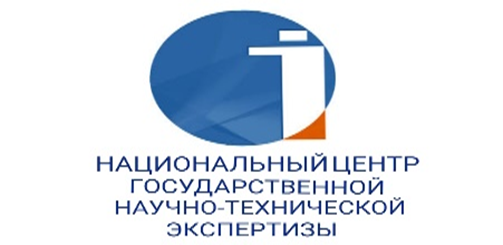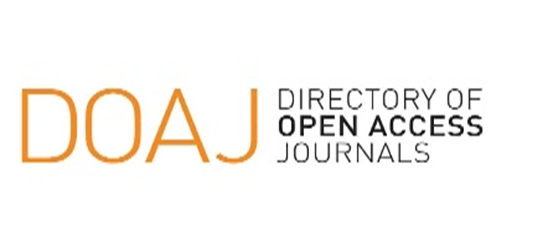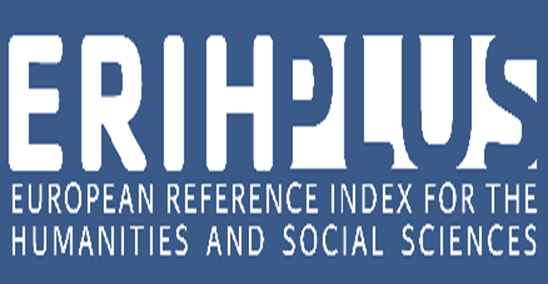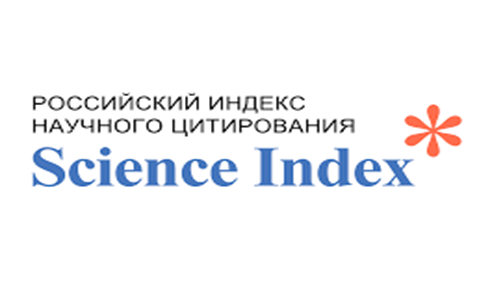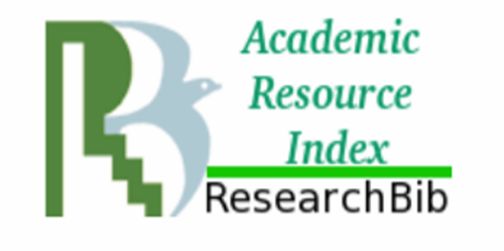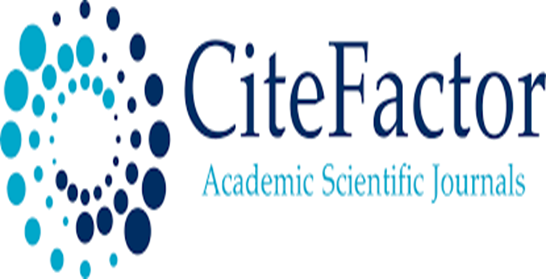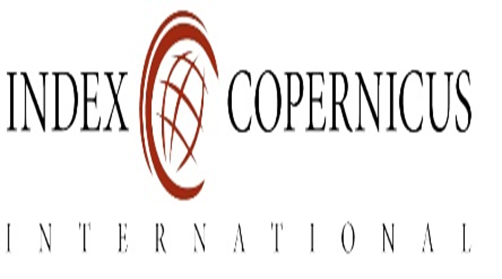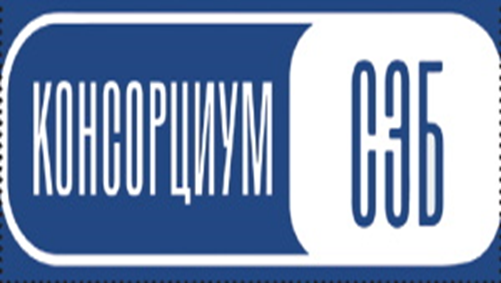Coins of Tokharistan with old Turkic titles
Views: 318 / PDF downloads: 274
DOI:
https://doi.org/10.32523/2664-5157-2020-2-3-6Keywords:
Central Asia, Transoxiana, Tokharistan, pre-Islamic period, coins, turkic qaghanate, Sogdian script, old turkic titles, tamga signs, dynastiesAbstract
The tamga signs and titles engraved on coins represent symbols of ruling dynasties and
the states they had founded and were associated both with the territory where they ruled, as well as with
their origin (ethnicity). In this regard of particular interest are Old Turkic tamgas and titles (“Qaghan”,
“Yabghu” (?), “Tegin”, “Tarkhan”) available on the pre-Islamic Turkic coins of Tokharistan region (Southern
Uzbekistan – Southern Tadjikistan – Northern Afghanistan) with Sogdian scripts. On the early medieval
coins of Chach related to the Western Turkic Qaghanate (568-740), there are four types of tamgas – a
lyre-shaped one with its varieties, a tamga in the form of two crossed swords, an anchor-form tamga and
the diamond-form one, and the fact comes under notice that similar tamgas were engraved on the coins
of the Northern Tokharistan of the epoch. Appearance of these tamgas and titles in the territory of Chach
and Tokharistan in the Early Middle Ages is directly related to political activities of the Western Turkic
Qaghanate and ethno-cultural processes which were taking place in Central Asia.






